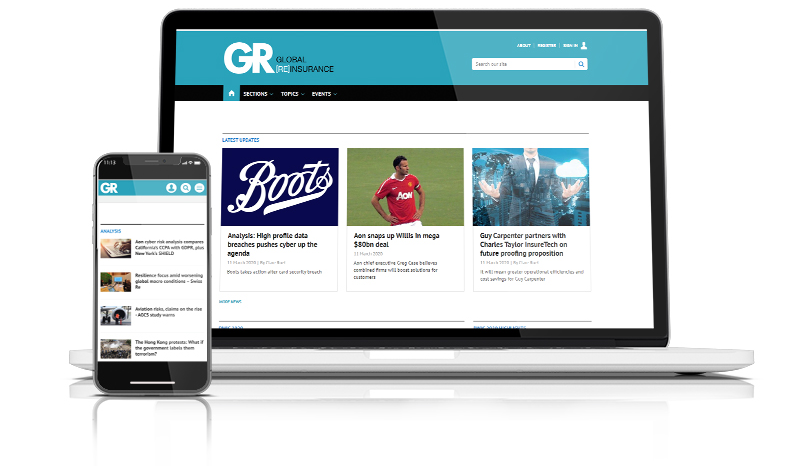GE rating downgraded two notches
If you are already registered, please sign in here
Register now for unlimited access

For continued access to free content on the website please take a few moments to register, or sign in if you have already registered.
- Keep up to date with the latest industry news
- Sign up to enewsletters
- Create a profile and post comments on stories



